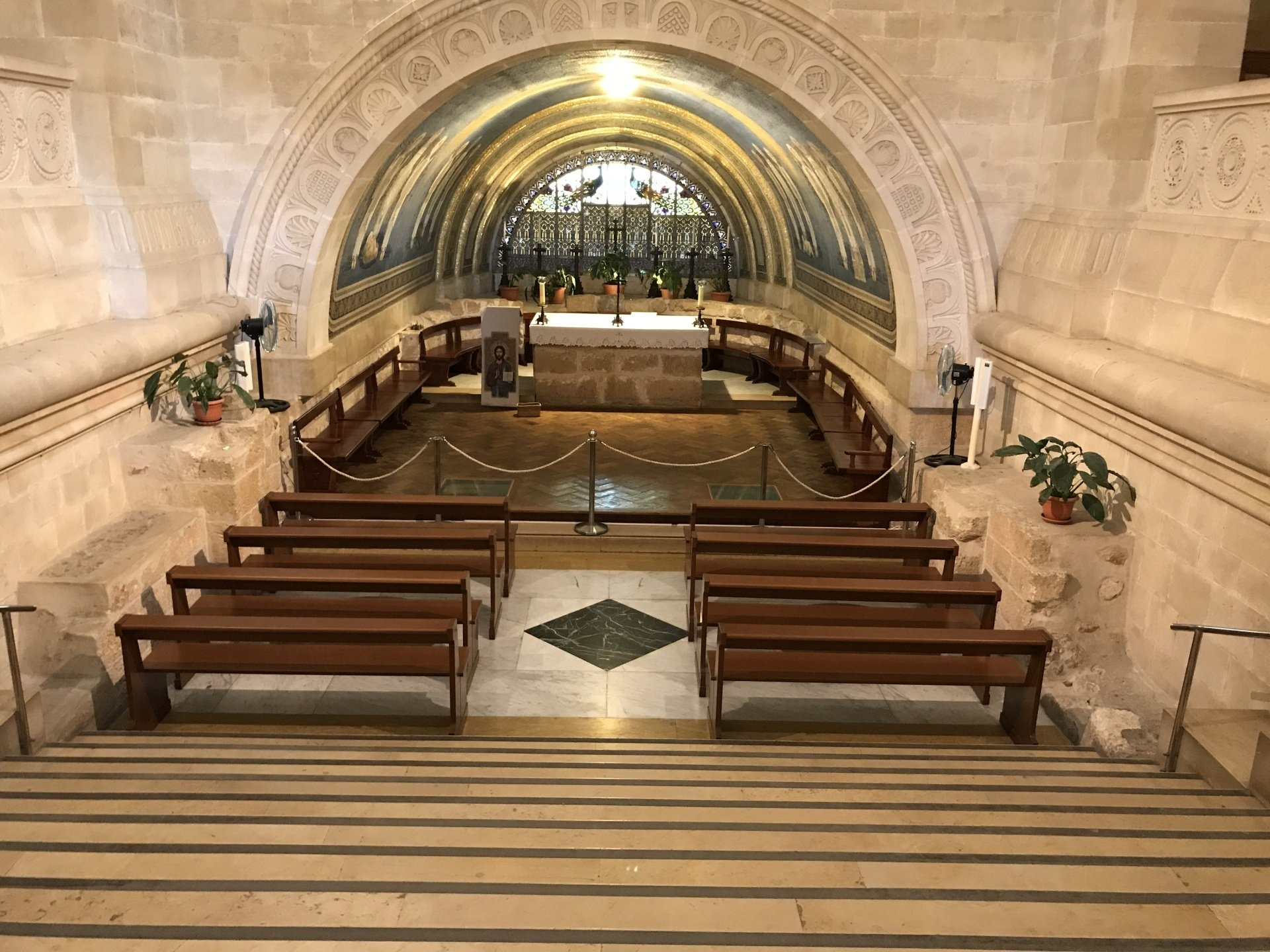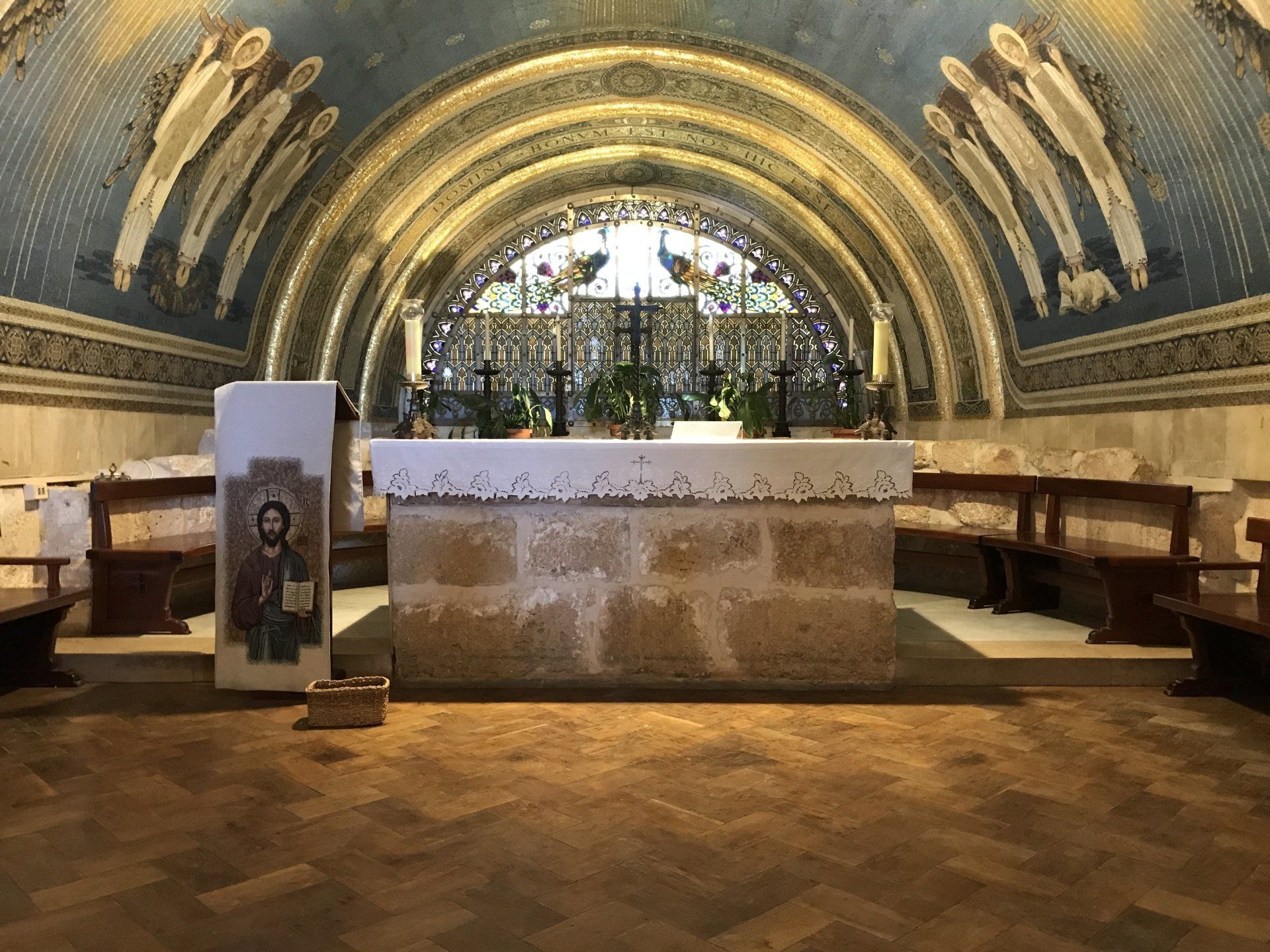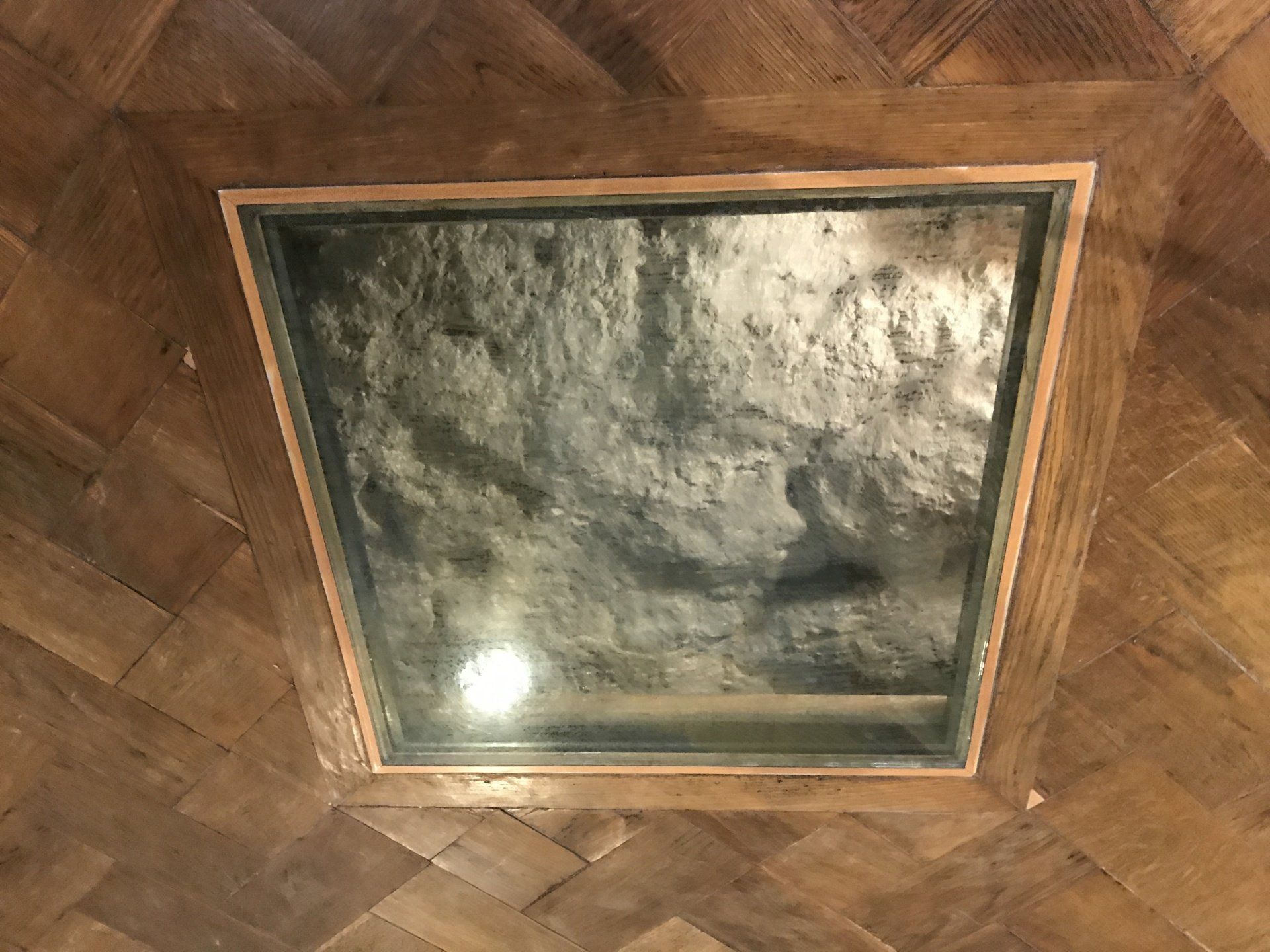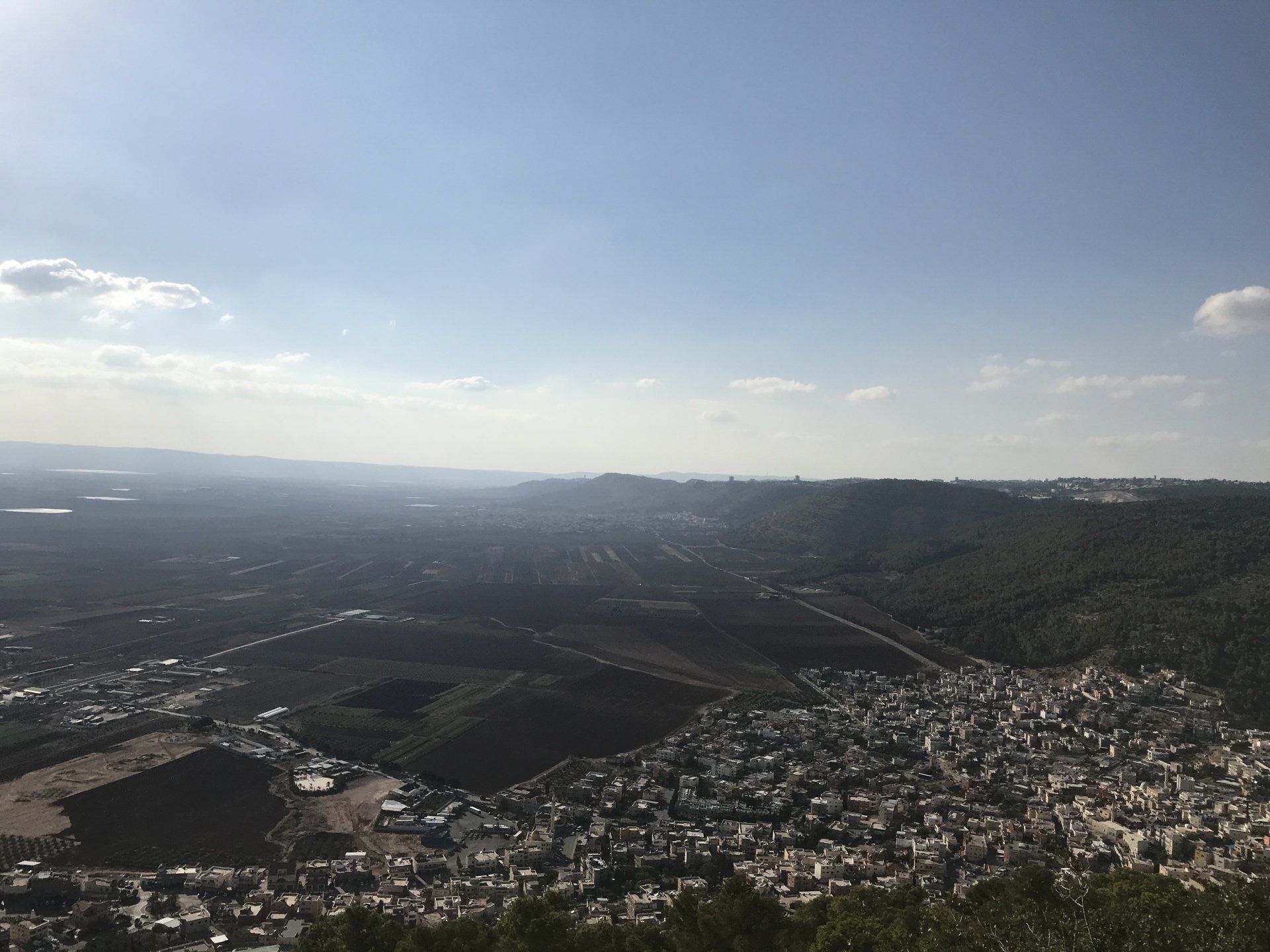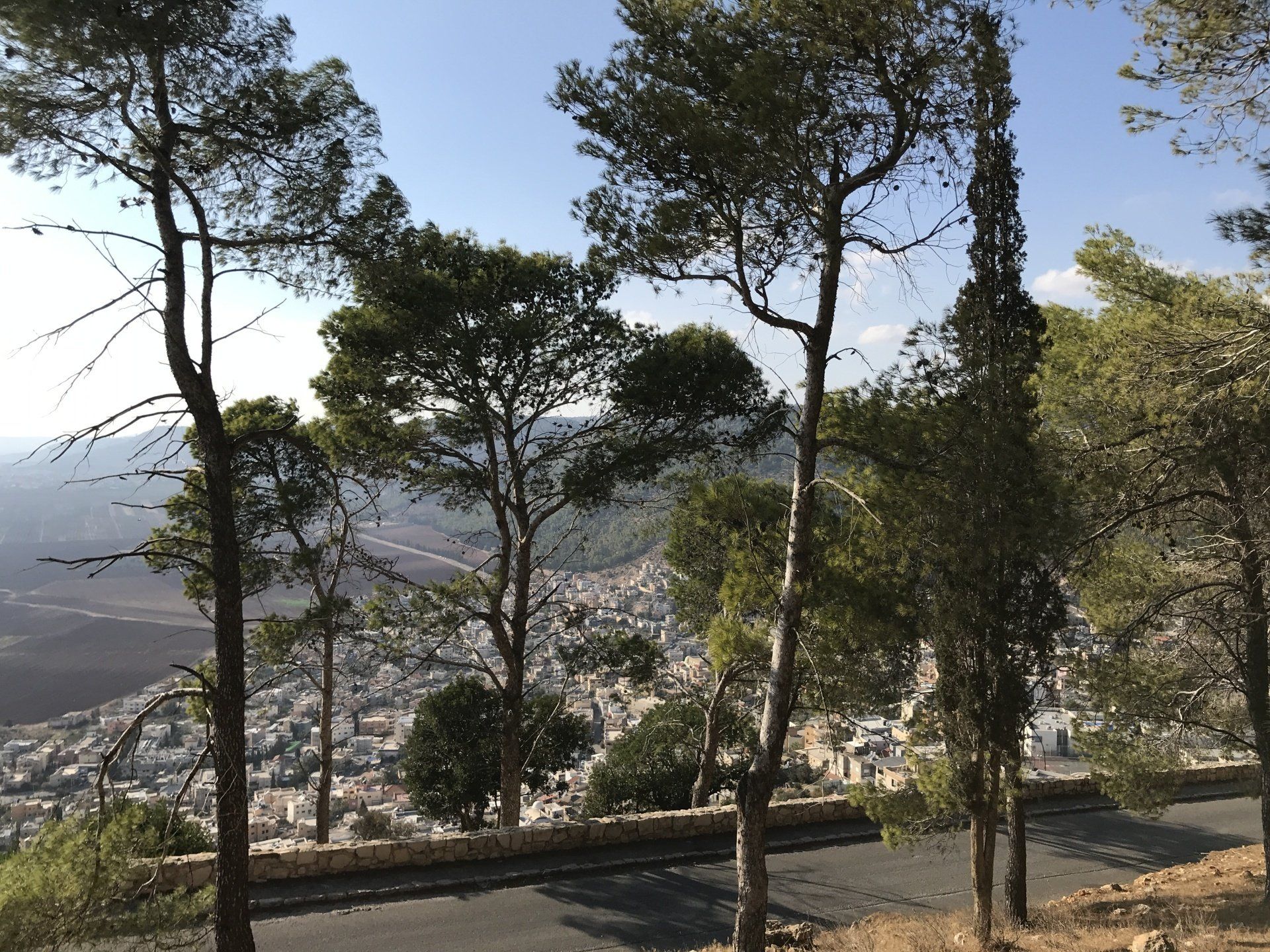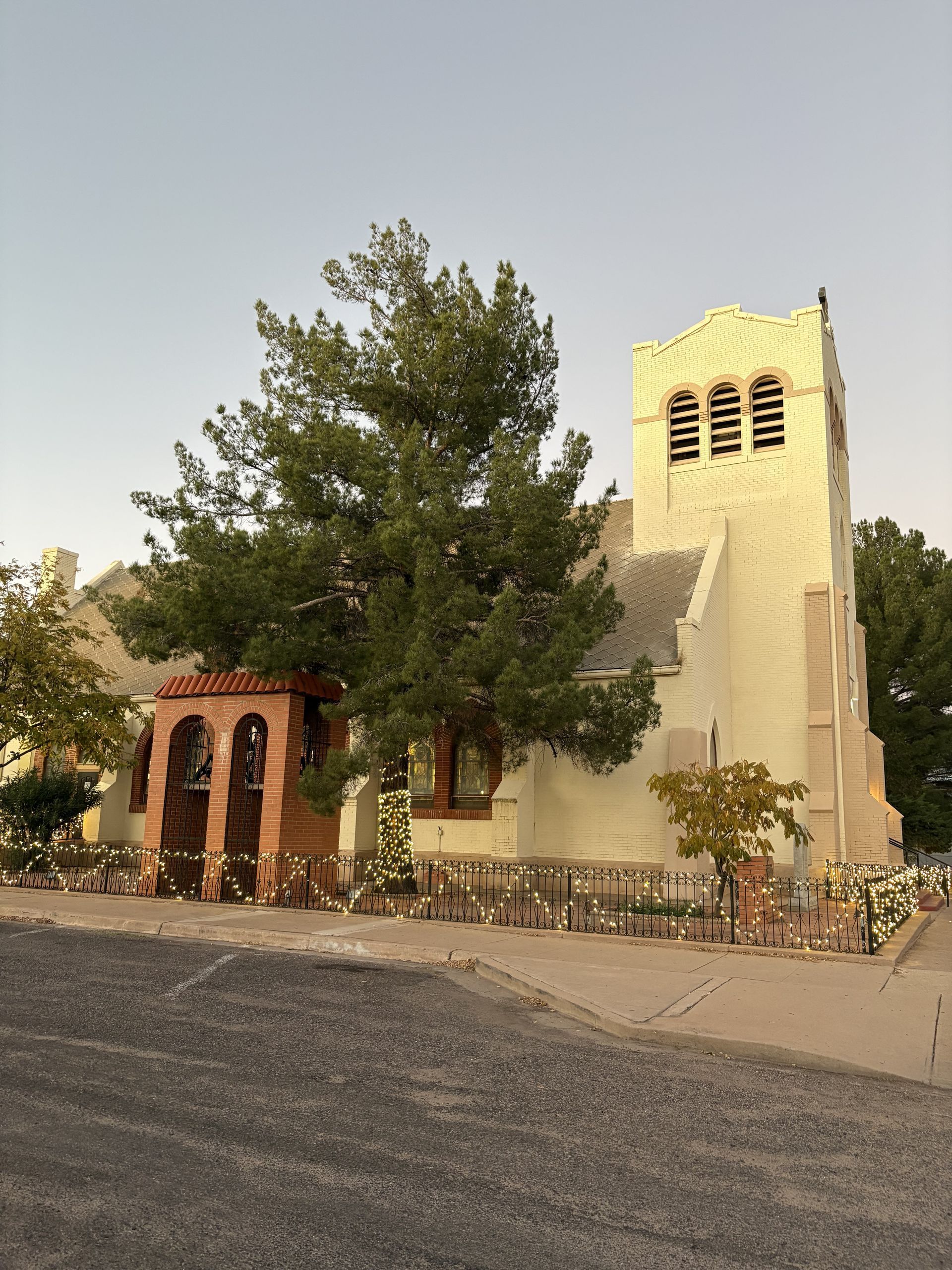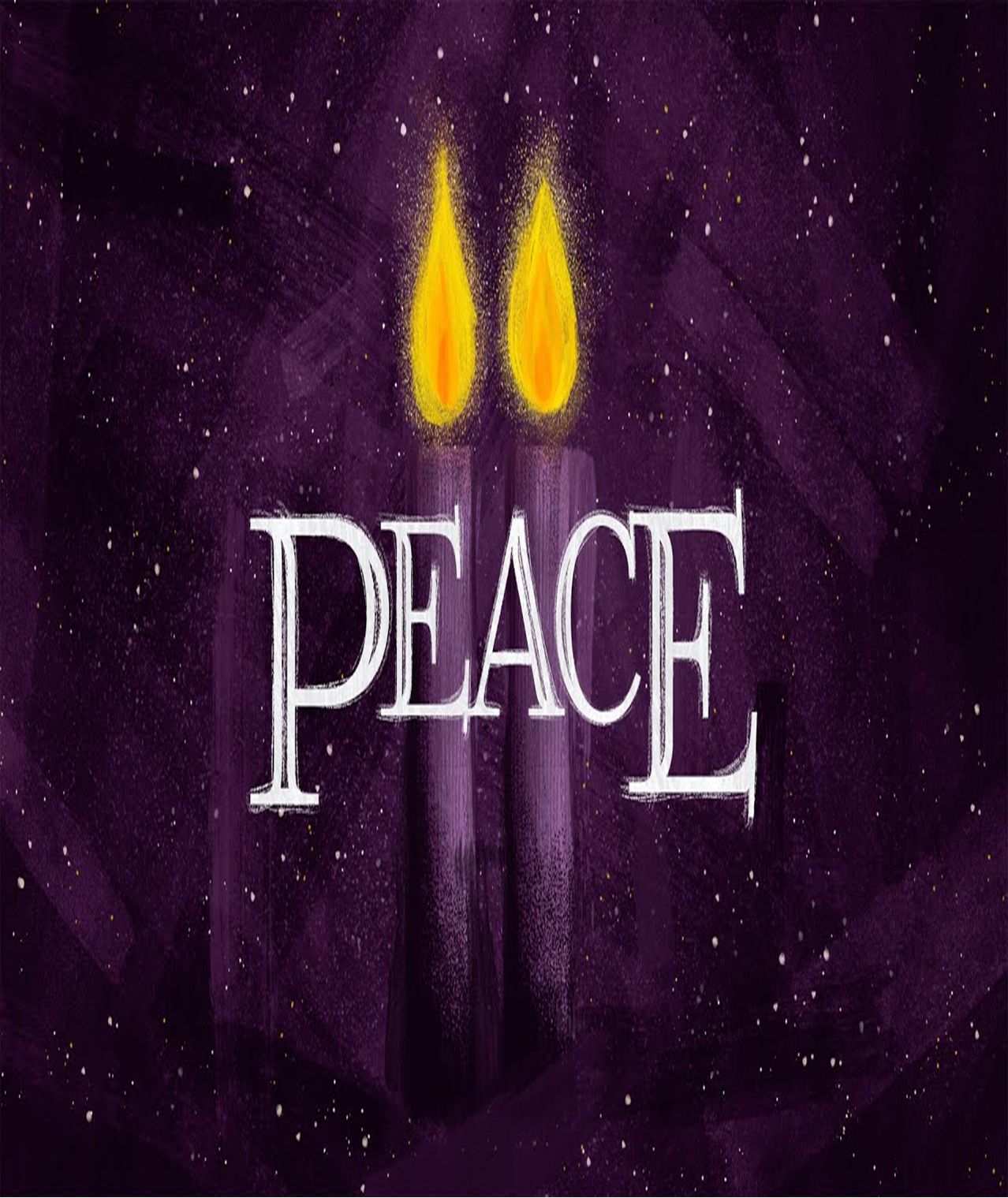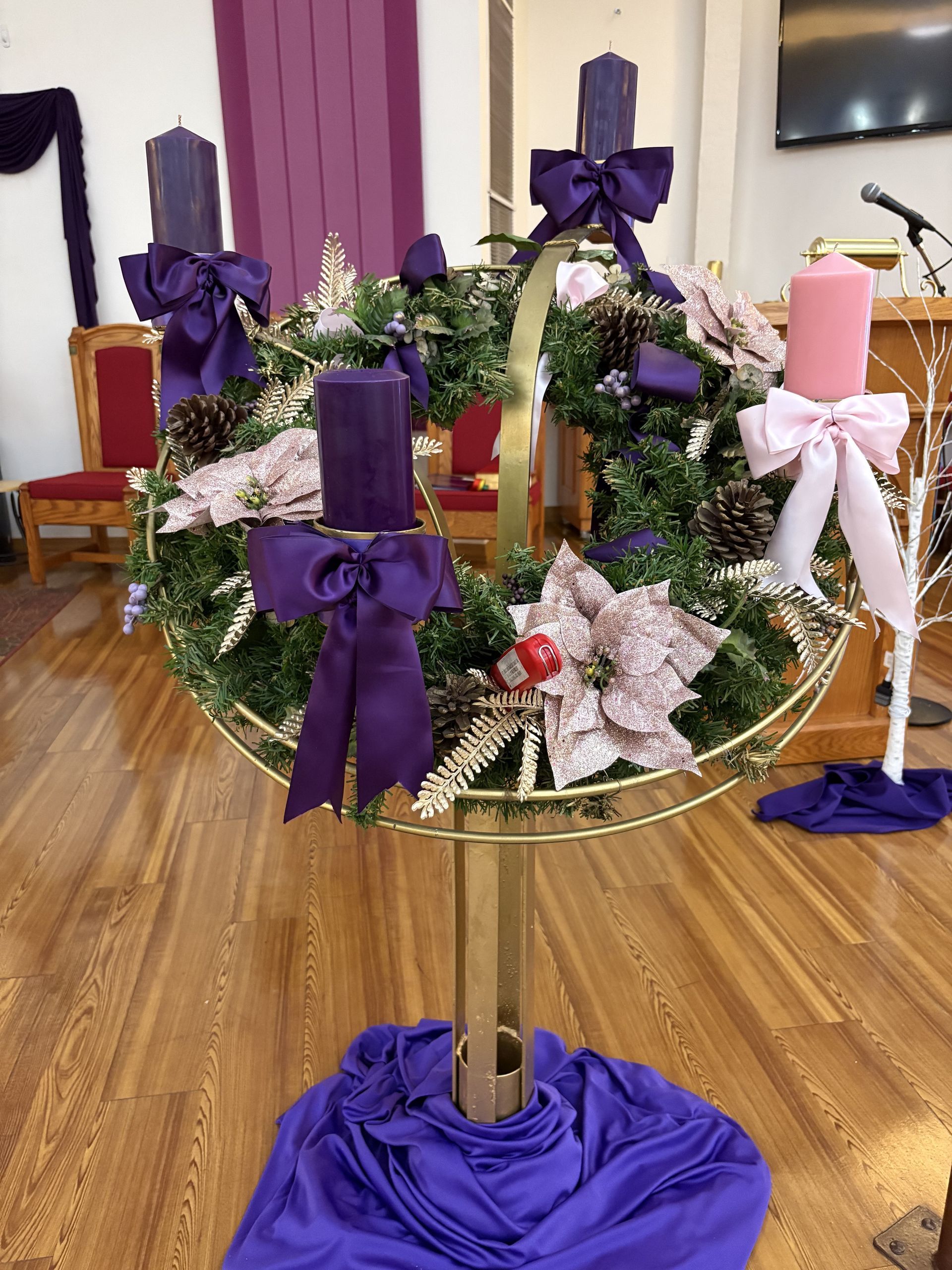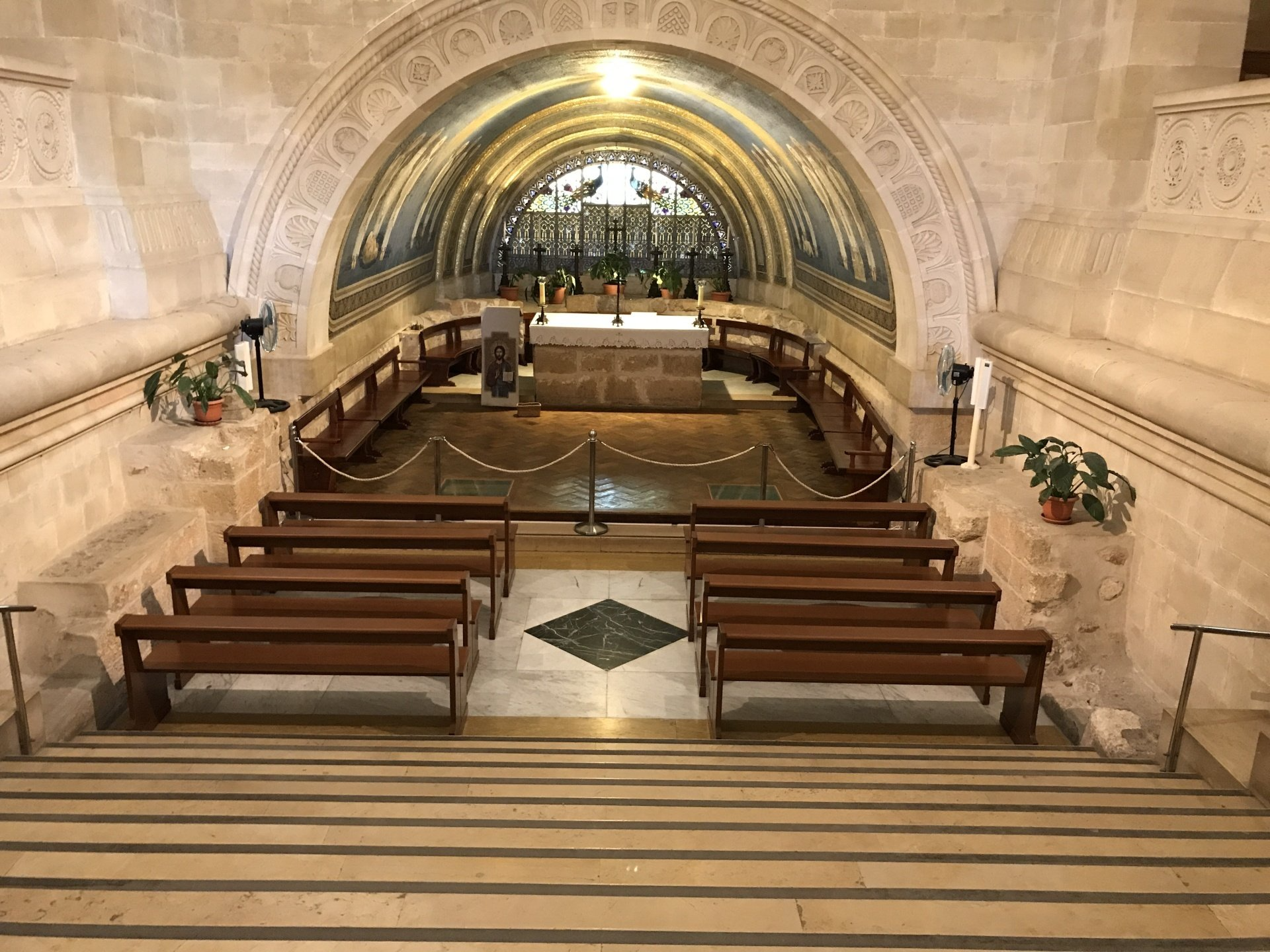
On the Second Sunday of Lent, we are always led to the mountaintop primarily to spend time in prayer with the Lord and to witness his (kabod) glory seen and heard in the awe-inspiring and breathtaking transfiguration story. The transfiguration story appears in all three synoptic gospels and that Luke’s version is the first ever to be recorded and written. Because we are going to ponder on the meaning of transfiguration and eventually, our transfigured bodies, let us spend a moment with the Lenten exhortation of St. Paul to the Philippians in the second reding which serves as a background for the Transfiguration story. He reminds us about two models in our faith-filled lives, one to imitate and the other to avoid. He begins with, “Join with others in being imitators of me, brothers, and sisters, and observe those who thus conduct themselves according to the model you have in us. keep your eyes fixed on those who live according to the pattern I gave you” (Phil 3:17). Paul says, if you are looking for someone to pattern your life, look no further. Do what I do. Not do what I say. It is either me or others who walk according to the same pattern. Paul sounds prideful but it is positive kind of pride and not the pride per se which relies on oneself, the root of all sin. If we keep our eyes on Christ, we will be transformed. Holiness will radiate in our bodies. If we gaze on the Lord, we will see the unveiled face of the glory of the Lord.
Paul now turns to those whom the Philippians should not imitate. “For many, as I have often told you and now tell you even in tears, conduct themselves as enemies of the cross of Christ. Their end is destruction. Their God is their stomach; their glory is in their “shame”. Their minds are occupied with earthly things” (Phil 3: 18-19). He never missed reminding them that there are those who walk on the same road but acting as enemies of the cross of Christ. The end is ruin, their god is their belly, and their glory is their shame. They think only of the things of earth. These loaded words lead us to examination of conscience. Is it enough to go to Mass while leading a lifestyle not in accord with what Paul described? Is it alright to sin and be forgiven? Do you compromise with the devil? How do you deal with Satan? Do you enter settlement with enemies of the cross of Christ? After Mass, do you go back to your own ways? Any disciple of Christ must be a model and exemplar of virtue which will change our lowly body and conform with his glorified body, the archetype of the imitation of Christ.
Paul ends the exhortation with the words, “Therefore, my brothers and sisters, whom I love and long for, my joy and crown, in this way stand firm in the Lord, beloved” (Phil 4: 1).
The Entrance Antiphon says, “Of you my heart has spoken, Seek his face. It is your face, O Lord, that I seek; hide not your face from me” (Psalm 27: 8-19).
During Lent, there’s nothing like being with the Lord in this mountaintop experience. That’s why it was no surprise when Peter thought of pitching tents and staying there for good. As marvelous as it is, we must go down and head back to the ground level and face whatever lies ahead. It is not easy to climb a mountain, much less Mount Tabor (less than 2,000 feet elevation), the traditional site of the transfiguration. Once you have reached the peak of the mountain, there is a sense of serenity and satisfaction. If going up a mountain presents a challenge, going down is much more difficult. Following a life- changing experience, the future remains to be seen. We may not know exactly what will happen next and yet, what we saw at the top, perceptible while hidden provides energy. Whatever difficulty, bumps on the road, in the end, good will triumph over evil. Many, if not all of us have been following Ukraine and amazed at the incredible degree of courage of the citizens. I have yet to see someone appearing on television saying, we will see what happens. They believe they will win. With those words, no explanation is necessary.
This transfiguration episode has two parts: first, Jesus was praying when Moses-the lawgiver and Elijah-the greatest of all the prophets conversed with him while the privileged few were dead sleep and only when they were awakened, they saw his glory (qabod) and the two men standing with him. His face was changed, and his clothing dazzled. The glory of God is God himself as he is revealed and as he reveals himself to us. The transfiguration then helps us catch a glimpse of God and for us, that’s enough. Those of us living especially in the southern- most tip of the state can very well see in high definition and cherish without the distraction of skyscrapers the clear blue sky and what it means to be overwhelmed by clouds in broad daylight as signs of God’s radiance. What they saw carried them down. God doesn’t work in a vacuum. Whatever he does is always rooted in a human event. The transfiguration story was a mystical experience (real, not virtual) – an out- of –the- ordinary, mind-blowing event that takes us beyond our normal expectation. It can be described as an alternate reality, a different mode of consciousness aimed to renew, motivate, and lead us into a deeper knowledge and life with Christ. It is meant to jumpstart, to recharge and to provide a course of action to a drifting soul. At the end, we are told, “This is my beloved son, listen to him”. The Opening Prayer (in other words, the Collect which collects our personal intentions during the short pause following the words, Let Us Pray) goes, “O God who have commanded us to listen to your beloved Son, be pleased, we pray, to nourish us inwardly by your word, that with spiritual sight made pure, we may rejoice to behold your glory”.
Similarly, in the first reading, Genesis 15, when God promised Abram two things: descendants and land – “I am the Lord who brought you from Ur of the Chaldeans to give you this land as a possession” and “To your descendants I give this land, from the Wadi of Egypt to the Great River, Euphrates” ending with the symbolic ceremony of covenant, he was perplexed. He initially responded with a request for assurance, “O Lord God, how am I to know that I shall possess it?” In the end, it was credited to him as an act of righteousness. Faith in God makes you firm and steadfast. The words, I believe requires no elaboration. Both Abram and the inner circle of disciples had similar reactions at the magnificent religious experience. Despite both were challenged and overwhelmed at the scene and words, they responded with Faith. How would I know that what you’re saying is true and will happen? What’s Wadi of Egypt? God’s response to these questions and ours too, was covenant.
Our Lenten practices of prayer, fasting and almsgiving including our laundry list of devotions: stations of the cross, silence, meditation, confessions, and retreats must take us beyond ourselves. During Lent, all roads lead to the mountaintop experience to see for ourselves the transformed face of Christ, not only to see him face to face with the two heavenly big shots but to be mesmerized with the beauty and to be perpetually awed by the truth. We can’t get over it. We couldn’t believe it happened after the fact. I didn’t realize that. I didn’t see it that way. Now, things seem clear. Now, it makes sense. What’s been your aha moment? What does it mean for you to personally witness the face of God whose name is mercy? Some of us may be going to church out of a sense of obligation but nearly all of us keep coming back because of this once in a lifetime religious experience we hope to see at Mass once again. We must have seen and heard God somewhere, sometime ago that changed our lives forever and bring us back in church every week. The Mass is meant to do just that all the way to a transfigured life. Faith isn’t simply something that happens in church on Sunday. It’s about what we do with the experience of the glory and radiance of God. Amen.

